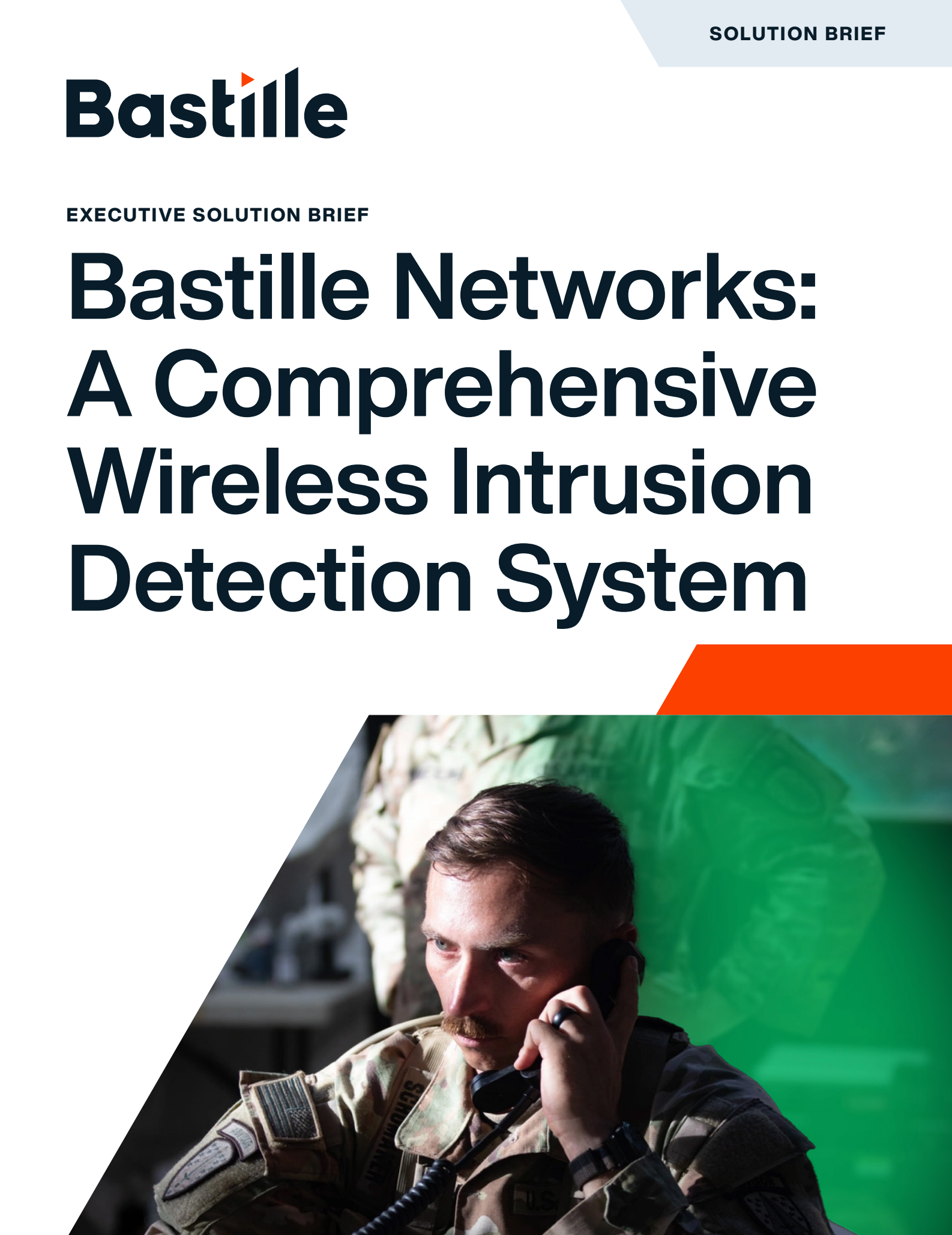
Secretary of State Marco Rubio is the latest of several high‑level officials ensnared by artificial‑intelligence voice spoofing, a technique experts warn is reshaping the digital threat landscape faster than federal defenses can adjust.
Rubio said Thursday in Kuala Lumpur that at least five senior figures, including three foreign ministers, a U.S. governor, and a senator, received calls or voicemails from a Signal account masquerading as his. The impostor even left invitations to “talk further” on the encrypted app.
This is just the reality of the 21st century. AI and fake stuff is going on, and it won’t be the last time you see me or others impersonated
-Secretary of State Marco Rubio
The episode followed a still‑unresolved incident last month in which a fraudster convincingly mimicked White House Chief of Staff Susie Wiles’ voice and contacted governors, senators, and Fortune‑500 executives, requesting favors ranging from policy concessions to cash transfers. Investigators believe the attacker first compromised Wiles’ personal smartphone and harvested her contacts before deploying an AI‑generated voice clone, according to an internal case summary.
A shrinking barrier to entry
Security analysts say the cost and effort required to fake a public figure’s voice have plummeted. Where a minute or more of clean audio was once necessary, today’s off‑the‑shelf tools can craft a convincing clone from just two to five seconds of speech, at negligible expense. “Seeing or hearing is no longer believing,” said Steve Grobman, chief technology officer at cybersecurity firm McAfee. “Even trained professionals can be fooled when an urgent‐sounding request arrives in a familiar voice.”
Smartphones as reconnaissance devices
The Wiles breach highlights a broader issue: modern phones collect vast amounts of ambient data, making them, in the hands of machine-learning systems, effectively portable reconnaissance sensors. Even a stray voicemail clip or Bluetooth handshake can feed algorithms capable of reconstructing travel patterns, social graphs, or classified floor plans, security researchers note.
Rising government alarm
The FBI cautioned in May that unknown actors were spoofing senior officials to build trust with their contacts and potentially hijack sensitive accounts. After the Wiles incident, Director Kash Patel called secure communication “a top priority” as the Bureau widened its probe. Agencies have since urged employees to verify any unusual request through a secondary channel and to keep personal devices out of secure spaces where possible.
Rachel Tobac, chief executive of SocialProof Security, said voice cloning has become “the new normal” for social‑engineering attempts. “With less than 15 seconds of audio, attackers can build a passable replica and start dialing,” she told CNN.
Hardening the phone perimeter
Cyber-defense specialists are advocating for tighter device-free zones within Sensitive Compartmented Information Facilities (SCIFs) and for continuous radio-frequency monitoring to detect unauthorized devices.
Securing the Air Around the Conversation: Mobile‑Phone Risks & the Bastille Advantage
Smartphones have quietly morphed from convenience devices into networked sensor suites. Inside a restricted facility, even when “silenced” in a pocket, every handset is:
- An RF beacon. BLE, Wi‑Fi, and cellular handshakes broadcast device IDs that attackers can harvest to map who met whom, when, and where.
- A data‑exfiltration path. Cameras, microphones, and storage devices provide adversaries with hundreds of megabytes of covert carry-off capacity.
- Fuel for machine‑learning attacks. A few seconds of recorded speech or a stray Bluetooth log is now enough for generative‑AI tools to forge convincing voice clones, reconstruct movement patterns, or re‑create floor plans. The gap between “harmless metadata” and a strategic intelligence leak has collapsed.
Operational impact
| Risk amplified by AI | Consequences in secure spaces |
| Voice‑clone social engineering | Orders or authorizations delivered in a leader’s synthetic voice can trigger policy or financial actions before anyone checks a second channel. |
| Ambient‑data reconstruction | BLE/Wi-Fi beacons, combined with timestamped photos, enable models to predict motorcade routes or infer SCIF layouts. |
| Zero‑click malware staging | Compromised phones become always‑on RF exfiltration nodes that ordinary metal detectors miss. |
How Bastille closes the gap
- Bastille sensors provide passive, 100 MHz – 7.125 GHz coverage, listening for every Wi-Fi, cellular, Bluetooth/BLE, Zigbee, and other IoT emissions without transmitting a single packet, so they remain undetectable to adversaries.
- AI‑driven device classification and risk scoring flag unauthorized phones the moment they light up, whether they belong to a visitor, an employee, or an attacker who slipped a device under a door.
- 1–3 meter geolocation accuracy allows security personnel to quickly walk to the offending handset instead of sweeping the entire facility.
- Fusion‑center integrations feed enriched alerts into existing XDR, SOAR, or SIEM stacks, enabling automated camera pivots, badge revocations, or door lockdowns in seconds.
- SCIF-grade policy enforcement continuously proves that the facility meets “no‑device” rules by complementing, not replacing, bag checks and TEMPEST shielding.
Bottom line: In an era where AI can weaponize a five‑second voicemail, every unmanaged phone is a potential reconnaissance probe. Bastille’s Wireless Airspace Defense platform delivers the real-time RF visibility and automated response needed to keep personal devices, and the amplified threats they now pose, outside the conversation.




